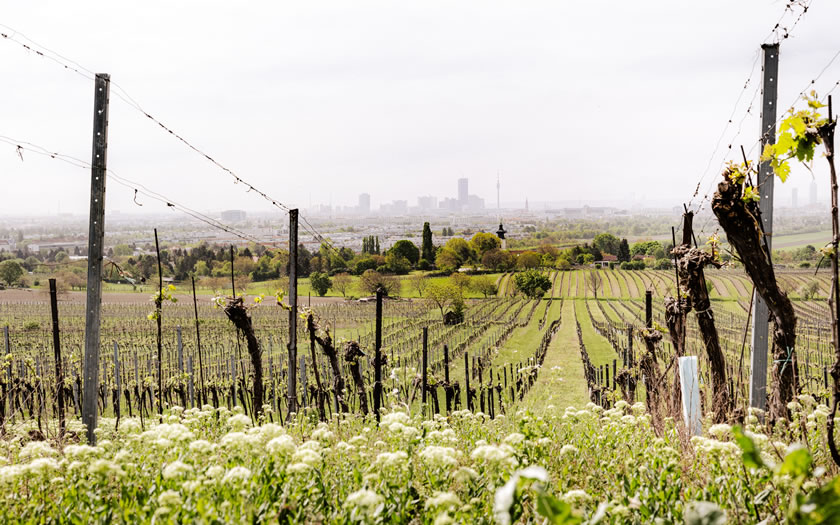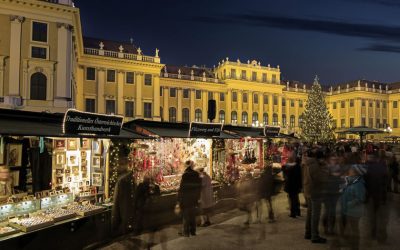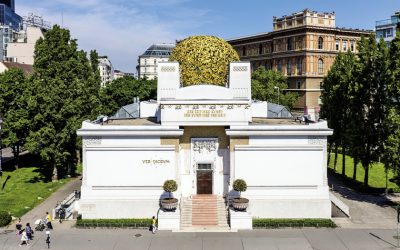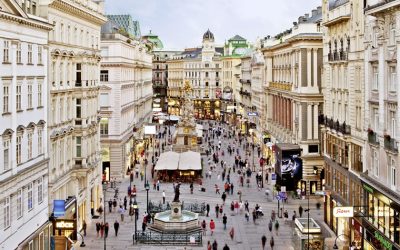All it takes is a few stops with the city tram, a short walk and visitors already find themselves in the vineyards and heurige around Vienna.
Vienna is one of the few capital cities in the world – if not the only one – where wine is grown. The vineyards are found in the city foothills – along with the ‘heurige’, a tradition in the east of Austria.
The word heurige refers both to wine taverns in wine-producing areas and to the young wine which is served there. Heurige actually comes from the phrase ‘heuriger Wein’, meaning ‘wine from this year’.
Vineyards and wine producers were given the right to sell wine and self-produced food in the 18th century by Emperor Joseph II
The best of the Viennese heurige still display a bunch of branches outside showing that they only serve their own Viennese wine and food. (The term for these establishments is a ‘Buschenschank’.)
The heurige wine from a particular year only lasts until the Feast of St Martin in November. After that it becomes ‘old’ wine and the fresh vintage from the summer becomes the ‘heurige’.
Much of the wine served around Vienna is what is called ‘Gemischter Satz’ or ‘field blend’. This refers to the practice of using different types of grape within the same vineyard and blending them together without differentiation. It is a speciality of the city wine production.
The Viennese wine landscape is charming with many of the vineyards offering lovely views over the city.
Heurige with the best view include the “Sirbu” and the “Hirt” on the Kahlenberg as well as the “Mayer” and the “Wieninger” on the Nussberg.
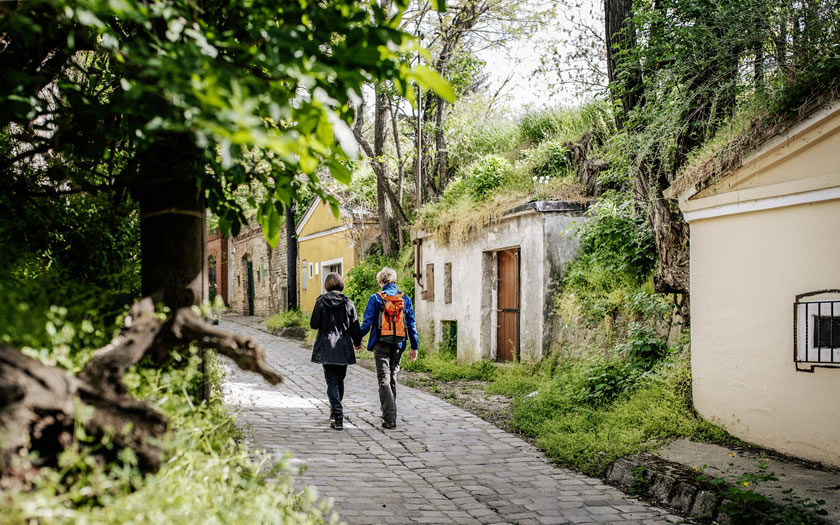
© Wien Tourismus | Paul Bauer
A less well-known view of Vienna opens up from the Bisamberg, which rises in the north. Anyone strolling up the Stammersdorfer Kellergasse over the cobblestones between the small wine cellars will suddenly find themselves in the middle of the vineyards.
More information: www.wien.info

